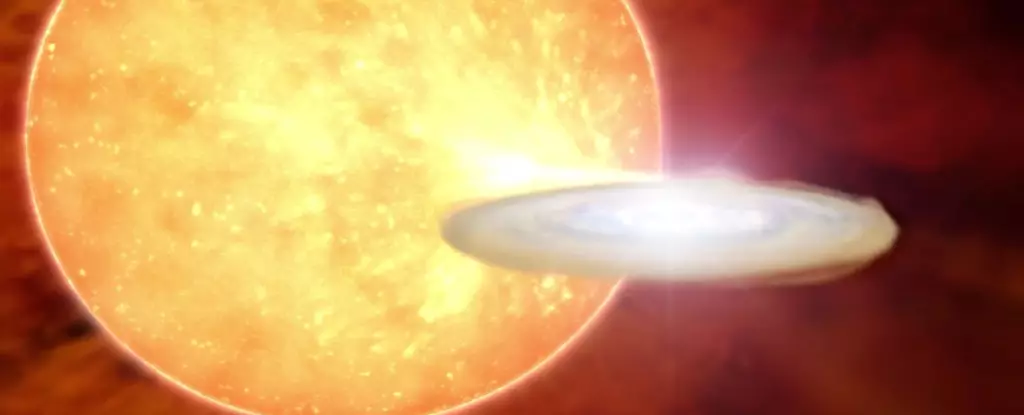For avid stargazers and astronomers alike, few events stir the celestial community’s excitement quite like the anticipated outburst of T Coronae Borealis (T CrB). This enigmatic star, often referred to as the “Blaze Star” or “Flare Star,” has piqued public interest due to its potential to brighten significantly, making it observable with the naked eye. Despite expectations for a grand display in 2024, we find ourselves in early 2025, still on the edge of our seats, waiting for the spectacle that may or may not come.
Historically, T CrB has fascinated researchers since its discovery by the astronomer John Birmingham in 1866. Its explosive behavior occurs roughly every 80 years—last peaking in brightness in February 1946—making its next potential awakening an event that attracts attention not only for its rarity but for its scientific implications. This interval of activation poses a challenge in predictions, emphasizing a delicate interplay between human curiosity and the mysteries of the cosmos.
Positioned around 2,000 light-years away at the convergence of the Hercules, Corona Borealis, and Serpens constellations, T CrB typically resides below +10th magnitude. However, during its episodic eruptions, the star can erupt to +2nd magnitude, presenting a striking sight that often rivals its brighter neighbors. This quality makes T CrB an object of study, particularly for those interested in recurrent novae—binary star systems where mass transfer from a red giant to a white dwarf spurs unpredictable explosions.
The mechanics of a nova explosion are intricate, as they involve the accumulation of material on the white dwarf until a critical threshold for ignition is reached. The excitement in the astronomical community right now is fueled by new research, predominantly by Gesesew Reta from the S.N. Bose National Centre for Basic Sciences. Reta’s spectral analysis has indicated notable changes in the H-alpha line profile, which may hint at the star’s impending eruption, although caution is warranted since novae are inherently unpredictable.
While discussions of T CrB’s potential brightness might spark dreams of it becoming the “Brightest Star… Ever!” it is essential to ground our expectations in reality. The likelihood that it will reach naked-eye visibility is there, but it does not guarantee a spectacular display. Given that novae happen roughly once every decade, the brightness of T CrB will indeed be a treat, but it will not eclipse the brilliance of prominent stars in our night sky for long.
The collective anticipation is likely to transform the familiar northern crown of Corona Borealis into a spectacle featuring a temporary star that commands our attention. Astronomers with sophisticated tools like the James Webb Space Telescope and Hubble will likely monitor T CrB, while organizations such as the American Association of Variable Star Observers (AAVSO) contribute insights into this evolving situation.
As we wait and watch, determining when to observe T CrB is as vital as such anticipation. The star’s current rise in the eastern sky at local midnight is advantageous for observers in many time zones. However, as the year progresses, its positioning will change, making it increasingly observable in the evening sky. Enthusiasts looking to catch a glimpse of this stellar event should keep an eye on daily trackers provided by platforms like Space Weather and be prepared for a clear-sky viewing experience.
T Coronae Borealis teaches us not only about the stellar phenomena but also about patience and the nature of scientific inquiry. With each passing day, the skies above hold promise—if we look closely, we may find wonder waiting to unleash itself. So, grab your telescope, or simply step outside, and let the cosmos remind us that although something may be delayed, the night sky always offers its own spectacular wonders.


Leave a Reply